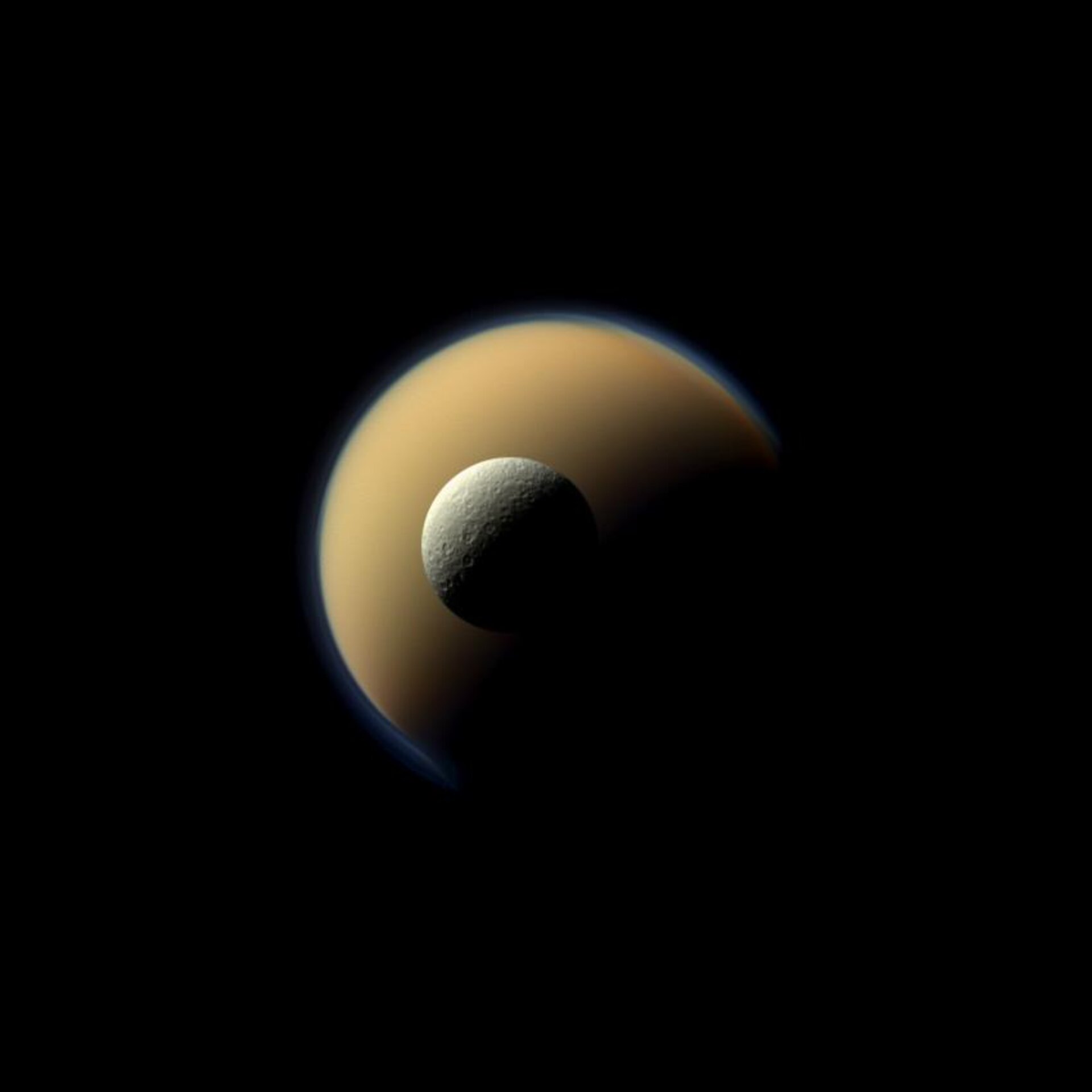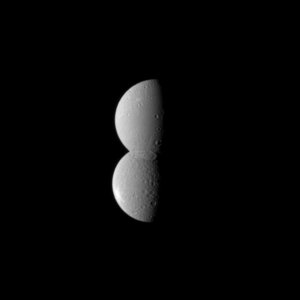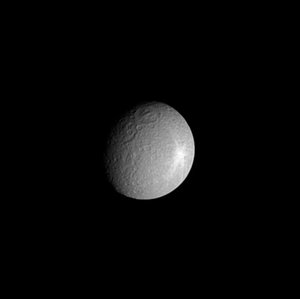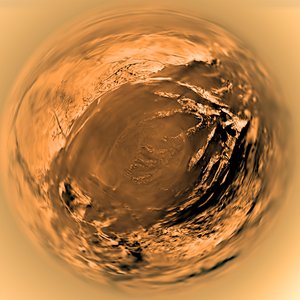Accept all cookies Accept only essential cookies See our Cookie Notice

About ESA
The European Space Agency (ESA) is Europe’s gateway to space. Its mission is to shape the development of Europe’s space capability and ensure that investment in space continues to deliver benefits to the citizens of Europe and the world.
Highlights
ESA - United space in Europe
This is ESA ESA facts Member States & Cooperating States Funding Director General Top management For Member State Delegations European vision European Space Policy ESA & EU Space Councils Responsibility & Sustainability Annual Report Calendar of meetings Corporate newsEstablishments & sites
ESA Headquarters ESA ESTEC ESA ESOC ESA ESRIN ESA EAC ESA ESAC Europe's Spaceport ESA ESEC ESA ECSAT Brussels Office Washington OfficeWorking with ESA
Business with ESA ESA Commercialisation Gateway Law at ESA Careers Cyber resilience at ESA IT at ESA Newsroom Partnerships Merchandising Licence Education Open Space Innovation Platform Integrity and Reporting Administrative Tribunal Health and SafetyMore about ESA
History ESA Historical Archives Exhibitions Publications Art & Culture ESA Merchandise Kids Diversity ESA Brand Centre ESA ChampionsSpace in Member States
Find out more about space activities in our 23 Member States, and understand how ESA works together with their national agencies, institutions and organisations.
Science & Exploration
Exploring our Solar System and unlocking the secrets of the Universe
Go to topicAstronauts
Missions
Juice Euclid Webb Solar Orbiter BepiColombo Gaia ExoMars Cheops Exoplanet missions More missionsActivities
International Space Station Orion service module Gateway Concordia Caves & Pangaea BenefitsLatest
Space Safety
Protecting life and infrastructure on Earth and in orbit
Go to topicAsteroids
Asteroids and Planetary Defence Asteroid danger explained Flyeye telescope: asteroid detection Hera mission: asteroid deflection Near-Earth Object Coordination CentreSpace junk
About space debris Space debris by the numbers Space Environment Report In space refuelling, refurbishing and removingSafety from space
Clean Space ecodesign Zero Debris Technologies Space for Earth Supporting Sustainable DevelopmentLatest
Applications
Using space to benefit citizens and meet future challenges on Earth
Go to topicObserving the Earth
Observing the Earth Future EO Copernicus Meteorology Space for our climate Satellite missionsCommercialisation
ESA Commercialisation Gateway Open Space Innovation Platform Business Incubation ESA Space SolutionsEnabling & Support
Making space accessible and developing the technologies for the future
Go to topicBuilding missions
Space Engineering and Technology Test centre Laboratories Concurrent Design Facility Preparing for the future Shaping the Future Discovery and Preparation Advanced Concepts TeamSpace transportation
Space Transportation Ariane Vega Space Rider Future space transportation Boost! Europe's Spaceport Launches from Europe's Spaceport from 2012Latest

Icy rocks around Saturn
Thank you for liking
You have already liked this page, you can only like it once!
Earth is the only planet in our Solar System to have a single solitary moon. While others, such as Mercury and Venus, have none, the gas giants have accumulated crowds of orbiting bodies — Saturn, for example, boasts an impressive 62 moons!
This image, taken by the Cassini orbiter, shows its two biggest: Rhea and its larger companion Titan. Titan’s diameter, at 5150 km, is 50% larger than that of our Moon, while Rhea is somewhat smaller at 1528 km across.
Although Rhea’s pitted and cratered appearance contrasts sharply with the faint golden glow of Titan, the moons are quite similar in composition, containing a mixture of rock and water ice. Rhea is thought to comprise three quarters ice and one quarter rock. Observations with Cassini have determined that Rhea does not contain a distinct rocky core – instead, it is made up of rock and ice mixed together, giving it its ‘dirty snowball’ appearance.
Titan’s orange hue is a result of its atmosphere. It is the only body in the Solar System other than Earth to have a thick, nitrogen-rich atmosphere, which in Titan’s case also contains substances like methane, hydrogen and hydrocarbons. These molecules form via reactions with sunlight high up in Titan’s atmosphere, eventually settling to lower altitudes to form an orange-hued smog.
In some images Titan’s upper atmosphere takes on a layered appearance, with ‘stripes’ of haze stacked on top of one another in an onion-like fashion. This Cassini image shows one such layer — a hazy band of blue encircling Titan. This haze runs all the way around the moon, and brightens in two crescent-shaped areas over the polar regions to form ‘polar hoods’. These hoods are swirling, high-altitude areas of denser gas. Titan’s north polar hood can be seen towards the upper right of the image, and its corresponding southern hood lies towards the lower left of the moon.
These polar hoods are seasonal, growing and dissipating with the changing seasons. Seasons on Saturn and its accompanying moons last for around seven years. When Cassini arrived in the Saturn system in 2004 Titan already had a thick hood above its north pole, which was experiencing winter.
After the Saturnian equinox in August 2009, Titan’s northern hemisphere began moving into spring, and its southern latitudes headed into autumn. Accompanying this seasonal shift was the appearance of a polar vortex above Titan’s south pole. In 2012 Cassini snapped multiple images of this vortex as it swirled round furiously, completing a full rotation in just nine hours.
While the Cassini mission has spent much time studying Titan, it has also performed numerous flybys of Rhea, passing close to the moon four times to probe its interior structure, gravitational pull and surface characteristics.
These encounters showed Rhea to be an ancient and heavily cratered body, bearing numerous pocks and scars from past impacts. This is something that astronomers want to explore by studying Rhea; measuring the dusty debris flying up from Rhea’s surface may help us to understand more about the rate of meteoroid bombardments and amount of cosmic debris raining down on the Saturnian system.
This true-colour image is made with exposures taken on 16 June 2011 using red, green and blue filters on Cassini’s narrow-angle camera.
The Cassini–Huygens mission is a cooperative project between NASA, ESA and Italy’s ASI space agency.
This image was originally released in December 2013 on the NASA JPL website.
-
CREDIT
NASA/JPL-Caltech/Space Science Institute -
LICENCE
ESA Standard Licence

Dione and Rhea appear as one

Impact crater on Saturn's moon Rhea

Huygens’ fish-eye view of Titan

Huygens’ fish-eye view of Titan















 Germany
Germany
 Austria
Austria
 Belgium
Belgium
 Denmark
Denmark
 Spain
Spain
 Estonia
Estonia
 Finland
Finland
 France
France
 Greece
Greece
 Hungary
Hungary
 Ireland
Ireland
 Italy
Italy
 Luxembourg
Luxembourg
 Norway
Norway
 The Netherlands
The Netherlands
 Poland
Poland
 Portugal
Portugal
 Czechia
Czechia
 Romania
Romania
 United Kingdom
United Kingdom
 Slovenia
Slovenia
 Sweden
Sweden
 Switzerland
Switzerland

























